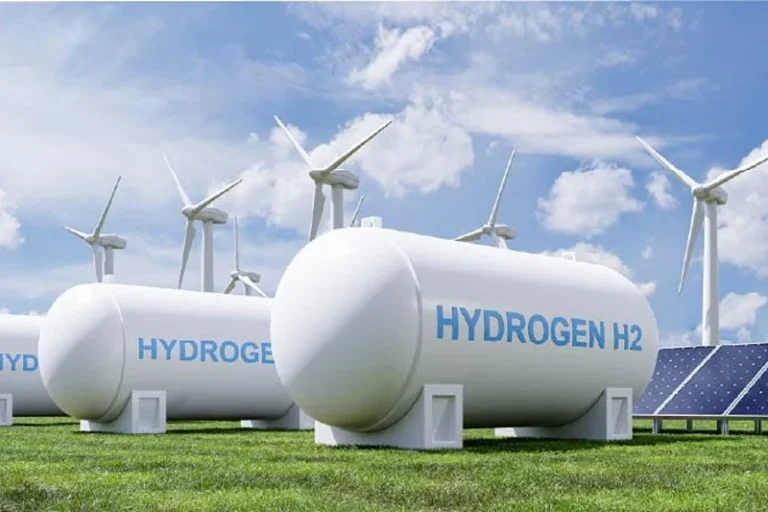Morocco is rapidly accelerating on the road to energy transition by structuring a genuine industry around green hydrogen. What was, until recently, just a bold bet is now taking the form of a coherent industrial strategy, centered around strong local integration and a clear ambition: to become one of the main suppliers of green hydrogen to Europe by 2050.
An integrated and localized ecosystem
With already eight projects launched representing a capacity of 26.6 GW and forty others under study, the Kingdom aims for a spectacular increase in capacity, potentially raising its installed capacity to between 130 and 260 GW in the medium term. This dynamic is not limited to hydrogen production itself. It relies on the creation of a complete ecosystem: local production of strategic components, development of wind and solar sectors, manufacturing of electrolyzers… Everything is designed to enhance competitiveness and reduce carbon footprint.
According to Saïd Guemra, an energy expert, annual production could reach between 9 and 24 million tons by 2050, with installed capacities of up to 550 GW. An ambitious goal, but supported by solid industrial foundations.
Reducing costs, controlling impact
The choice of local production is not only economic; it is also strategic. Industrial integration, particularly in wind energy—which represents a significant portion of investment costs—could reduce the cost of installed megawatts by more than 30%, from 1.1 to 0.7 million dollars. This is a major gain in a sector where competitiveness will be determined by the decimal.
Morocco relies on its proven expertise in the automotive industry, where it has attracted global giants and developed an efficient subcontracting network. This mass production expertise is now being leveraged to build the hydrogen value chain.
A project serving the domestic market and exports
In the long term, the green hydrogen ecosystem will not only serve exports. The country’s energy demand, estimated at 110 TWh by 2050, will require an increasing share of renewable and flexible production. Hydrogen will thus also be a tool for energy sovereignty.
And environmentally, Morocco already shows solid results: its green hydrogen emits less than 3.38 kg of CO₂e per kilogram, which is below European standards and much better than competing countries like Chile.
A vision to be realized
But for this ambition to become a reality, several conditions must be met. The Kingdom will need to invest massively in research and training, locally produce key equipment, structure robust industrial sectors, and establish an attractive regulatory framework.
The issue of logistics is also crucial. While ammonia remains the main transport vector for hydrogen today, the construction of a Moroccan hydrogen pipeline connected to the H2MED project via Barcelona could become a decisive infrastructure for securing exports to Europe.
An ambition for green energy sovereignty
At the intersection of economic, energy, and climate challenges, Morocco is methodically moving towards a future where it could become a central player in the global green hydrogen market. A green ambition, but firmly rooted in industrial reality.


